The snowdrops of Thenford: 900 varieties that are the pride and joy of Lord and Lady Heseltine
The gardens at Thenford House, home of Lord and Lady Heseltine James Alexander-Sinclair joins snowdrop lovers wandering through more than 900 varieties of Galanthus, perhaps the largest collection in the country. Photographs by Clive Nichols.


There are two ways of looking at snowdrops. The first way to appreciate them is to wander through the countryside marvelling as great waves of snowdrops wash against the sides of valleys, flow past trees and around rocks: the big picture. Any flower in abundance, especially after we have struggled through the travails of December and January, will always lift the spirits. This is what gets the general public excited: they want to shake the tinsel from their hair, wrap up warm and be uplifted by a hope of snowdrops — there are a number of collective nouns for snowdrops, but I think ‘a hope’ is the best. It is one of the great pleasures of winter — others involve buttered crumpets and warm firesides.
The second way is to get up close and personal as every variety is different in subtle ways. This is the world of the galanthophile: a group of very happy people who spend the cold days of January and February on their knees in obeisance to the infinite ways in which the snowdrop settles its sepals. The differences are subtle: in the centre of each flower is a tracery of green lines that rearranges itself into different patterns. All beautiful, some simple, some complicated and some entertaining: there is one called Galanthus elwesii ‘Grumpy’, the markings of which are arranged in the shape of a disgruntled bandit. The royal family of galanthophiles is a group known as The Immortals — people who are lucky enough to have a snowdrop named after them. It has to be your full name so G. ‘Barbara’s Double’ does not count, but G. ‘John Tomlinson’ or G. ‘Naomi Slade’ tick the boxes: we live in hope.

Obviously, the ideal would be a garden where aficionados from both schools were accommodated and, fortunately, there are a few of those scattered across the country. One of the best is Thenford House in Northamptonshire, the home of Lord and Lady Heseltine since 1976. More than four decades of skilled and passionate garden-making has borne some pretty impressive results: there are now 70 acres of arboretum, restored and free-flowing fish ponds, lakes, formal gardens, herbaceous borders and an impressive snowdrop collection — there are more than 900 varieties (possibly the largest collection in the country). Most of them are quietly naturalising themselves among the woodlands and shrubberies, but some are displayed individually in a theatre built into the corner of the impressive walled garden.
Spread the joy: How to grow your own snowdrops
- Simple snowdrops are pretty easy to propagate. They will seed themselves, but to increase the spread, it is easy to dig up a clump, divide it into individual bulbs and replant.
- The best time to do this is when the plants are ‘in the green’, that is just as the flowers begin to fade (probably February or March) and before the leaves shrivel and disappear for the summer.
- You can also plant them as dry bulbs in the autumn, but that is not quite as successful.
- For rare and unusual varieties, it is a bit trickier — that is why the rare varieties are rare. Some bulbs can only be reproduced using a technique called twin scaling, which involves very carefully slicing a bulb into tiny slivers, each of which has the capability of becoming a new bulb. This is not a task for the beginner.
Snowdrops are not native to this country, originating in Europe and the Middle East, although they have made themselves comfortable here. Originally, they were brought over by botanists as exotic specimen plants, but they quickly escaped into the countryside and were first recorded naturalising in Worcestershire in about 1770. Unsurprisingly they have acquired a certain symbolism — mostly because of their sheer doggedness and persistence in flowering when everything else is hibernating. They became fashionable in the 19th century when the Victorians took them to heart and it was they who first started creating new cultivars and hybrids.
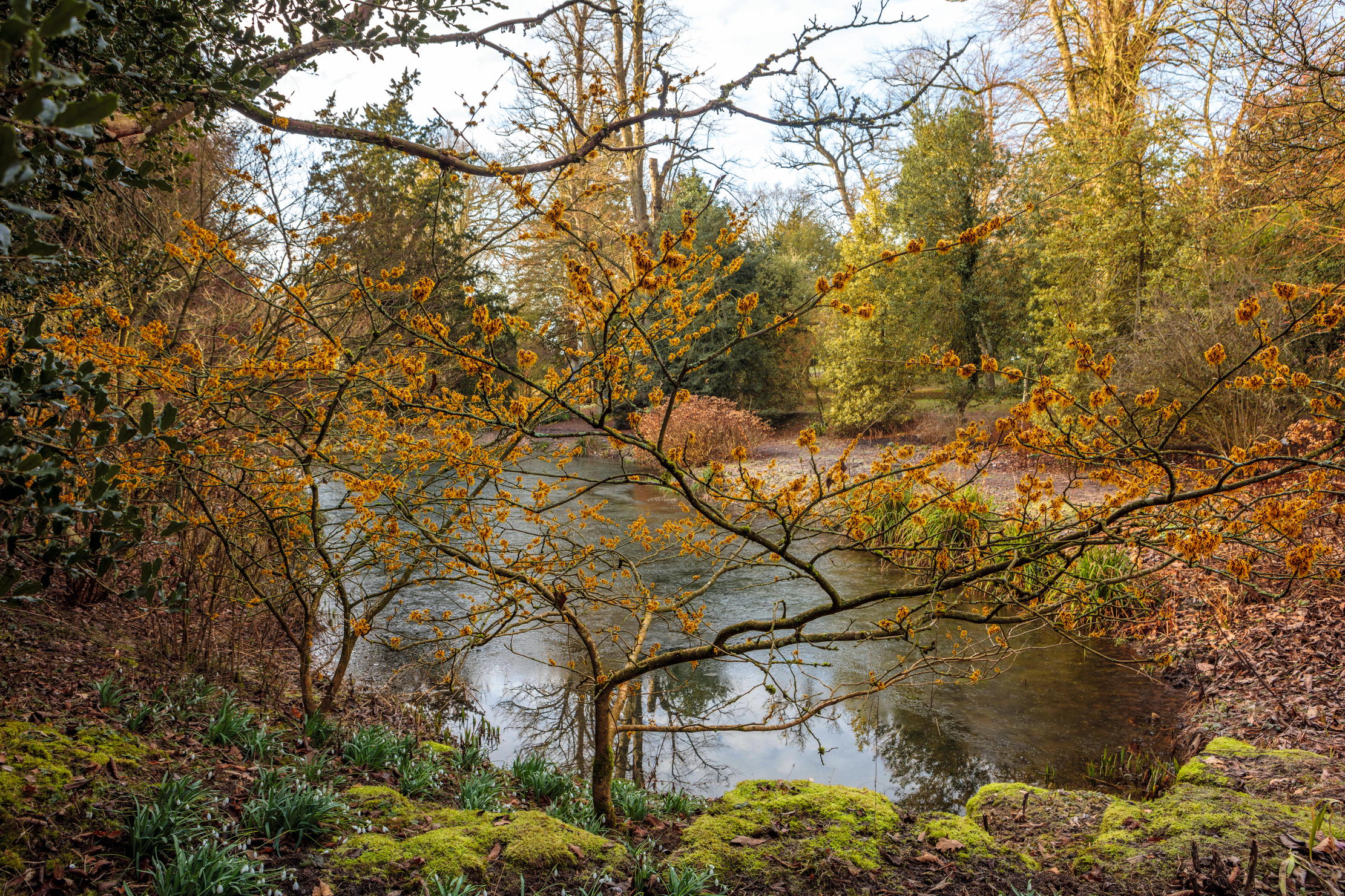
Interestingly, much of the work was carried out by clergymen — in those days, the lot of the vicar was not as onerous as it is today. Apart from a couple of sermons and a bit of light ministering to the sick, they had time on their hands, so many of them turned their hand to botany. The Revd Henry Nicholson Ellacombe, for example, who exchanged plants with Kew Gardens: in fact, he insisted that his plants travelled with a generous helping of soil from his churchyard in Gloucestershire as he considered the Kew soil inferior. Snowdrops were adopted as a symbol of the Virgin Mary and groups called ‘Snowdrop bands’ were formed, whose main purpose was to encourage working-class girls to avoid indecent conversation and immoral literature. That may not have been a campaign that persevered until the present day.
Galanthophiles are a generous breed (although sometimes competitive) and are always happy to spread the love around. The nucleus of the Thenford collection was given to Lord and Lady Heseltine from the National Collection at Cambo in Fife and by Sir Henry and Lady Elwes of Colesbourne Park, which, according to this excellent magazine, is ‘England’s greatest snowdrop garden’.

The collection at Thenford has the great advantage of having an assistant head gardener, Emma Thick, who is a self-confessed snowdrop obsessive. She arrived here in 2011 and, since then, the team has kept acquiring new varieties, all of which are encouraged to make themselves at home with differing degrees of success. It is always impossible for someone who loves any particular genus of plants to choose their favourite variety, but Ms Thick enjoys the challenging ones, for example ‘Galanthus ‘Ronald Mackenzie’, who desperately wants to be extinct, but is so lovely that nobody will let him go.’ Or G. ‘Mrs Thompson’, which she describes as ‘a mad, mutant flower with unpredictably double centres and multiple flowers’.
Exquisite houses, the beauty of Nature, and how to get the most from your life, straight to your inbox.
All the varieties at Thenford are marked with labels that are set out by Ms Thick at the beginning of the flowering season. ‘Everything is plotted on a digital map,’ she explains, ‘and we have snowdrops in flower here from September (Galanthus peshmanii) until April or May (G. ‘Danube Star’ and G. ‘Boyd’s Double’).’ A lot of the work happens as the flowers fade and groups are divided and spread out — every year they move a little further. Some are too vigorous and try to invade other territories and others need coaxing and cosseting. The skill of the gardeners is to make sure that the groups remain separate and distinct at the same time as giving that feeling of snowdrop abundance as they sweep down through the garden.
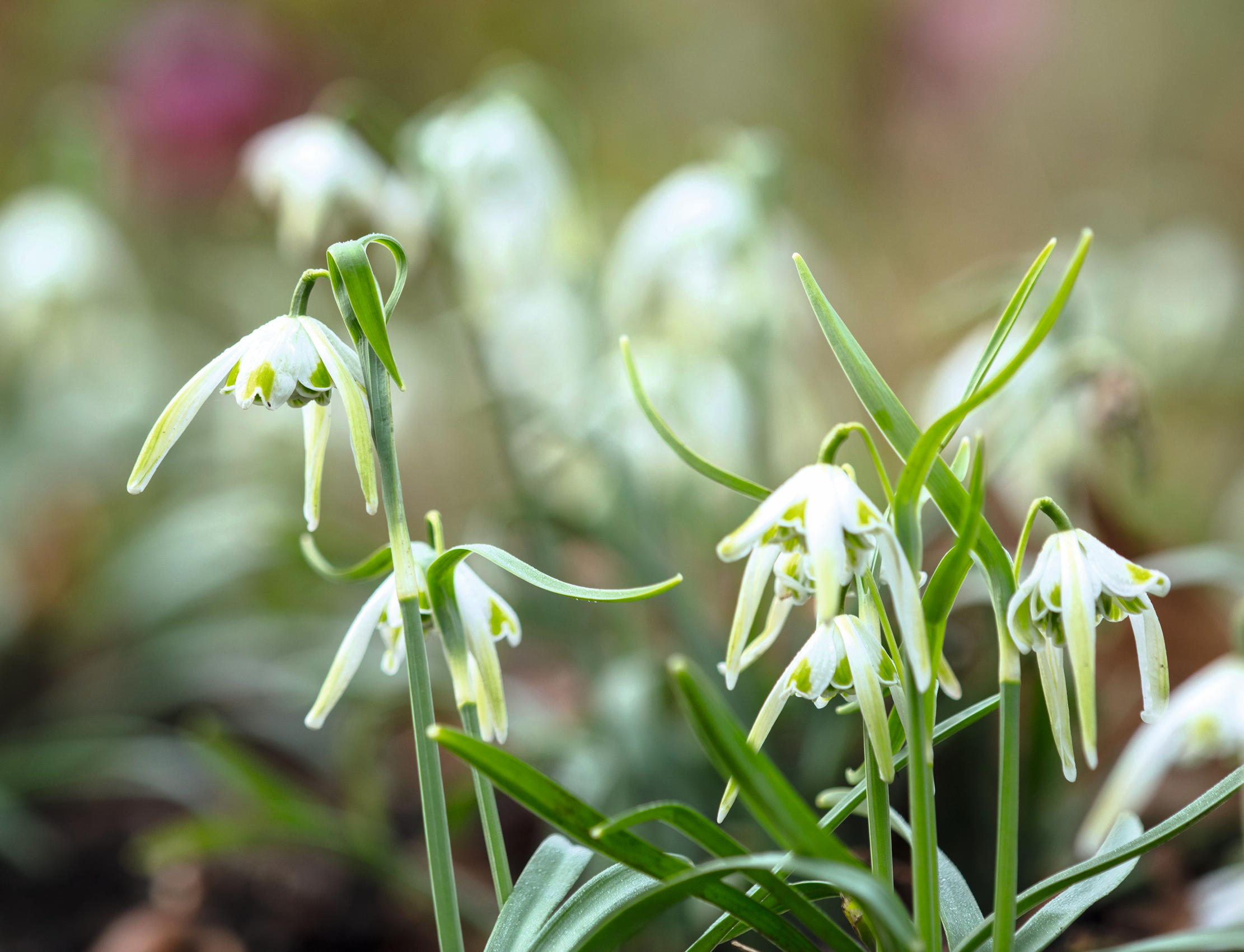
Snowdrops benefit from a good supporting cast and as companions there are all the magnificent winter-flowering shrubs — most of them with entrancing scents — such as Lonicera fragrantissima (winter honeysuckle), Sarcococca confusa and the glorious colours of witch hazel (Hamamelis mollis) and, of course, hellebores. These early flowering herbaceous plants are another plant family coveted by enthusiasts. They have the advantage of coming in a whole range of colours, so add a bit of extra zing to the snowdrops: a dot of mustard on the side of the plate.
The good news is that Thenford is opening more frequently than in previous years: not only for snowdrops, but all through the blossom of spring and the colours of summer. As William Wordsworth says (not all his poems were about daffodils, he got excited about other bulbs): ‘Survive, and Fortune’s utmost anger try; Like these frail snowdrops that together cling, And nod their helmets, smitten by the wing, Of many a furious whirl-blast sweeping by.’ Which I think sums it all up rather neatly: snowdrops — tough as old boots, but as delicate as a lacewing in a blizzard.
For details of February Snowdrop Days at Thenford, visit www.thenfordarboretum.com
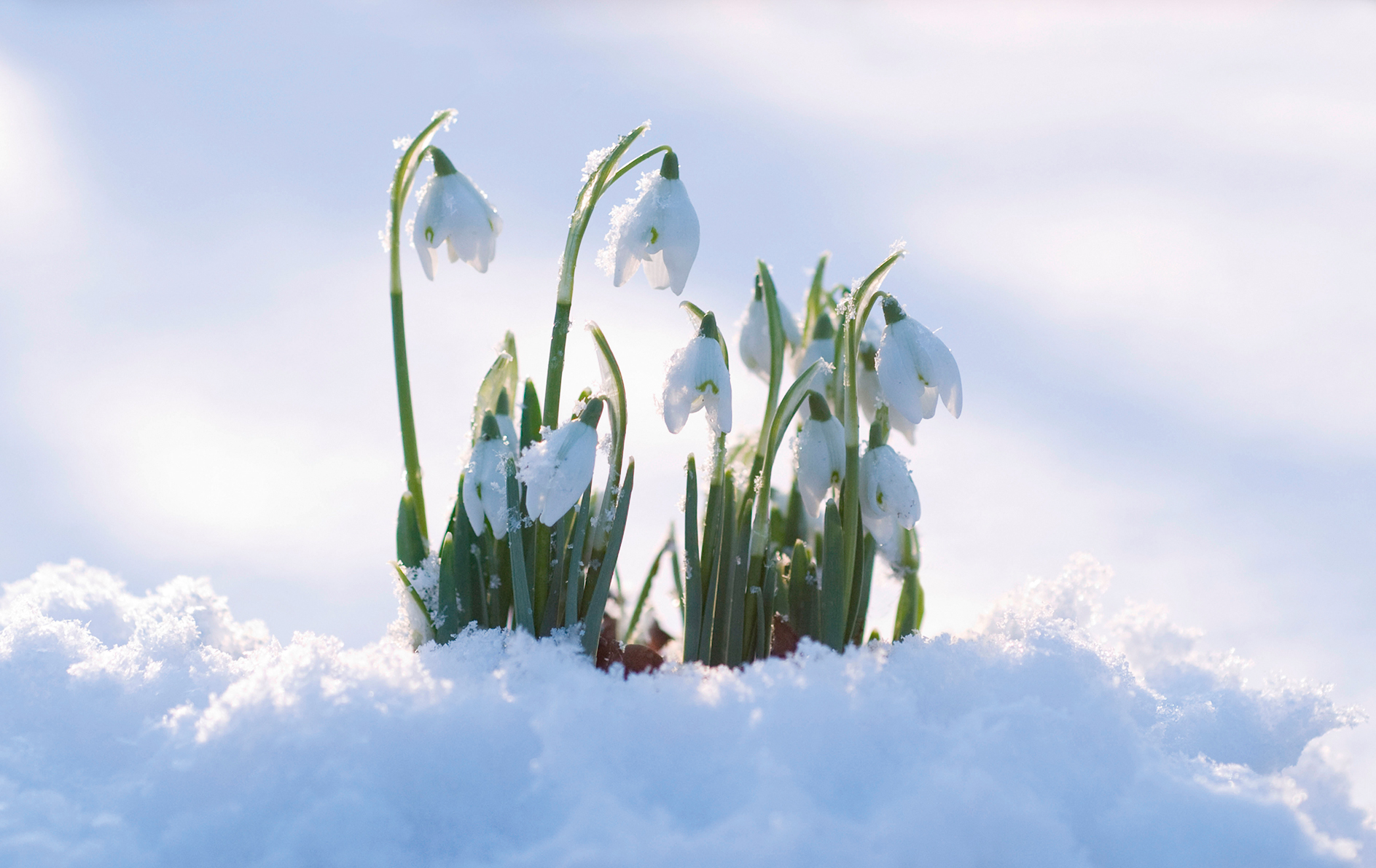
Where to see snowdrops: The best places in Britain
The sight of these tiny white flowers peeping through in January or February never fails to cheer us up –
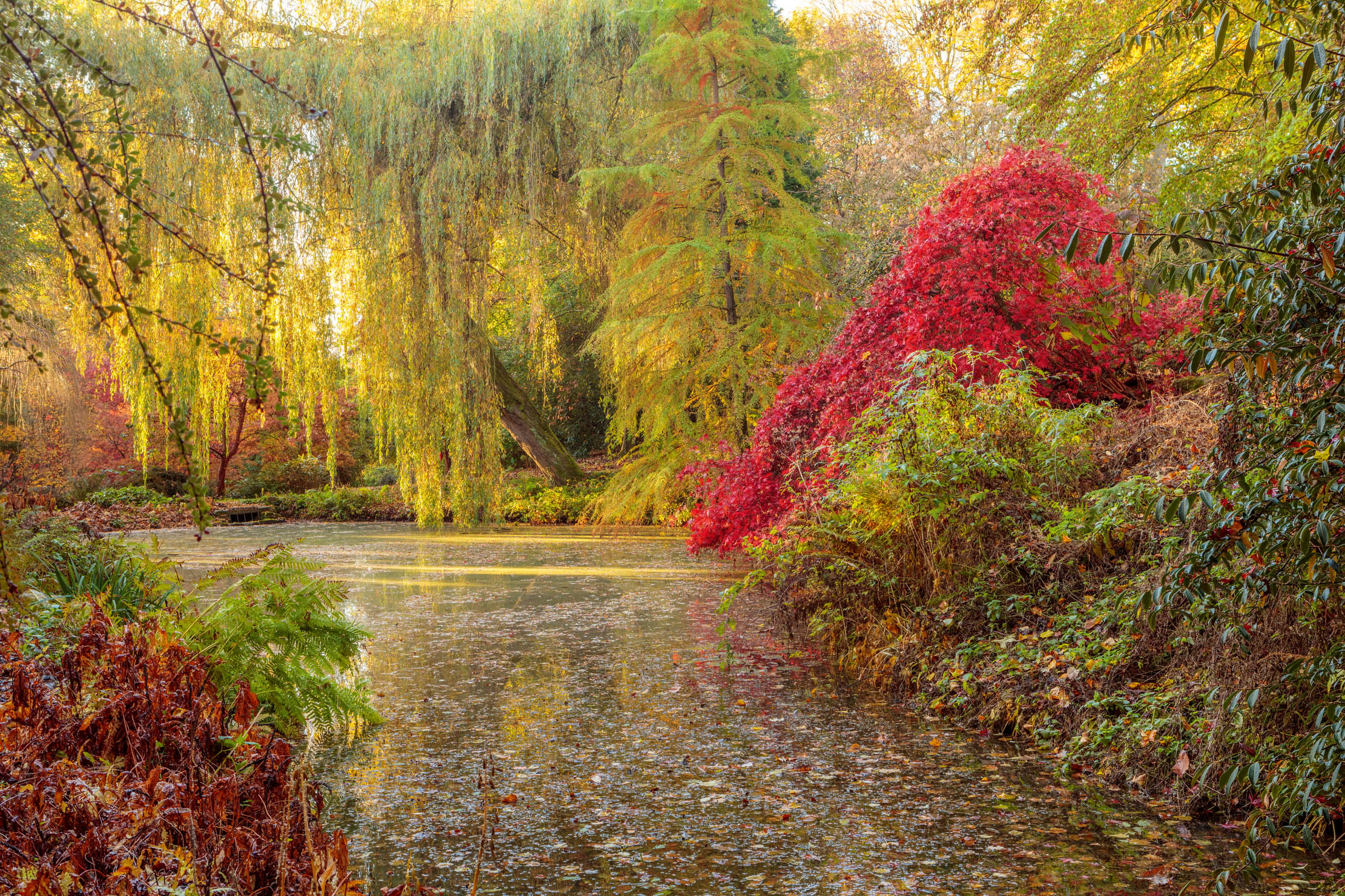
Thenford Arboretum: 70 acres of spectacular autumn brilliance
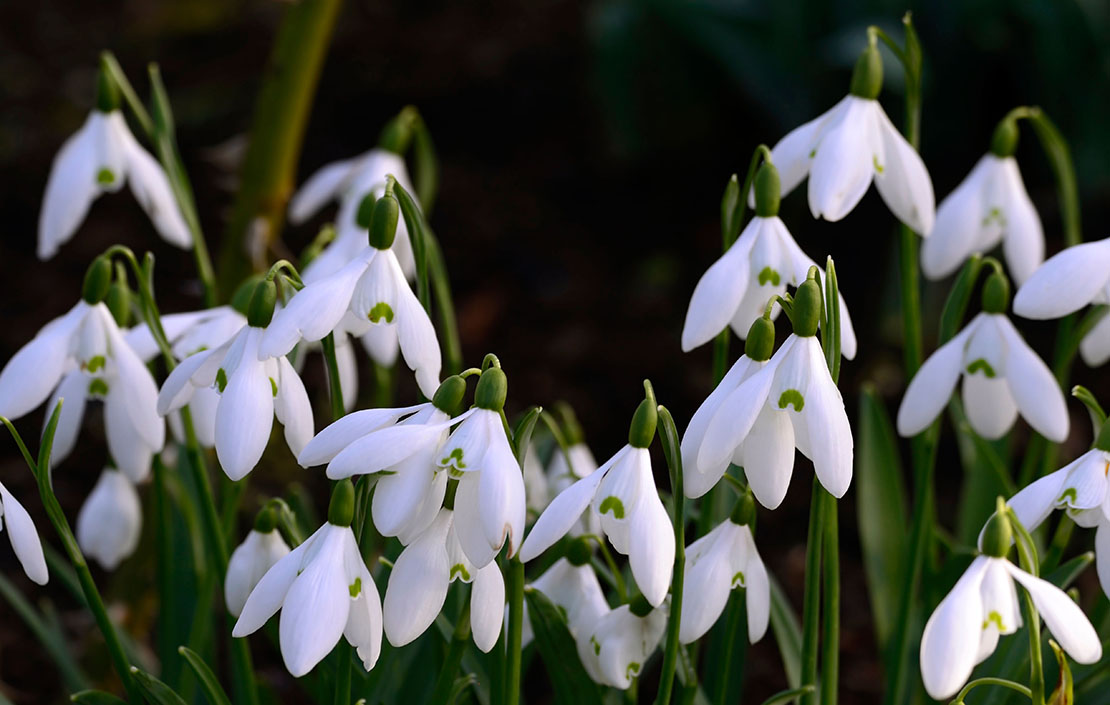
The trials of collecting snowdrops: 'Is there no love for a Heffalump or a Grumpy?'
A galanthophile’s work is never done, says Michael Heseltine, as he tells us about his family's floral hobby; collecting snowdrops.
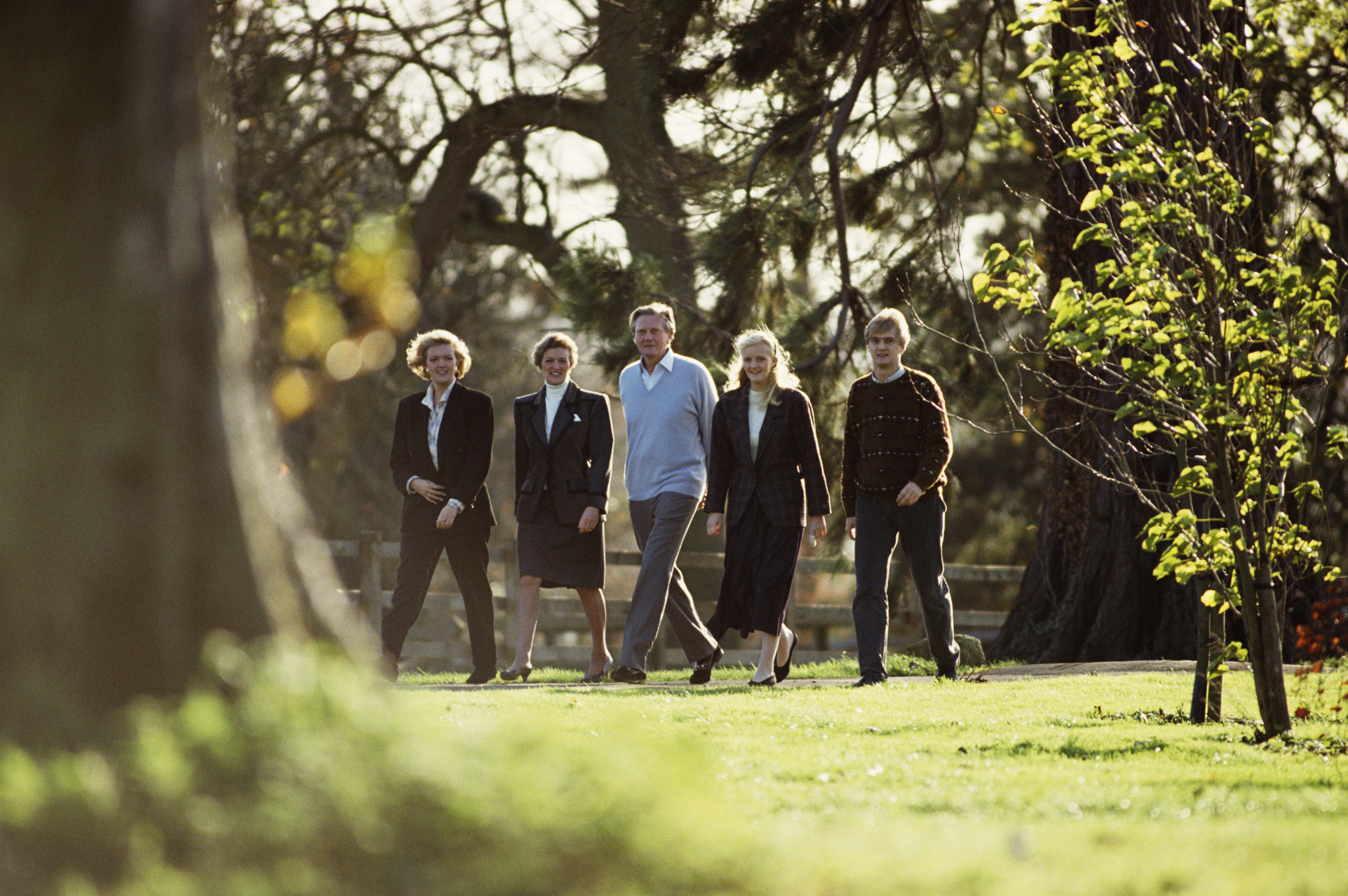
Michael Heseltine: How the creation of my English country garden proceeded mistake by mistake
Michael Heseltine recounts the trials, tribulations and delights of creating a dream garden.
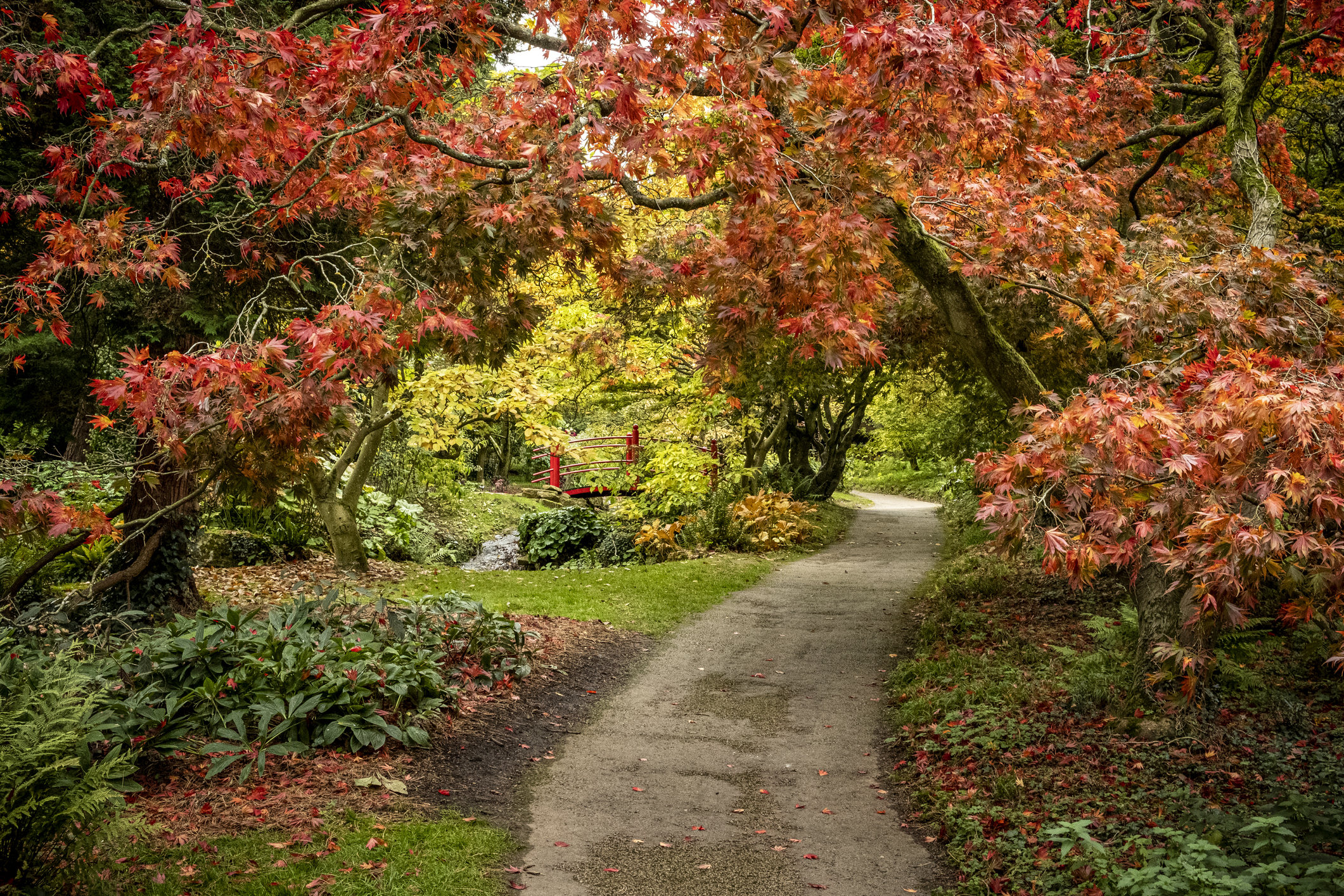
Credit: Getty
Why everyone needs to plant an arboretum — or at least one or two trees
Trees don’t need to be weeded, pruned, sprayed and fussed about. The only catch is that they take a while
James Alexander-Sinclair is a garden designer, journalist, author, speaker, podcaster, Fellow of the Society of Garden & Landscape Designers, RHS Vice President, Gardens Judge & Ambassador for Garden Design. You can find out more about his work at jamesalexandersinclair.com.
